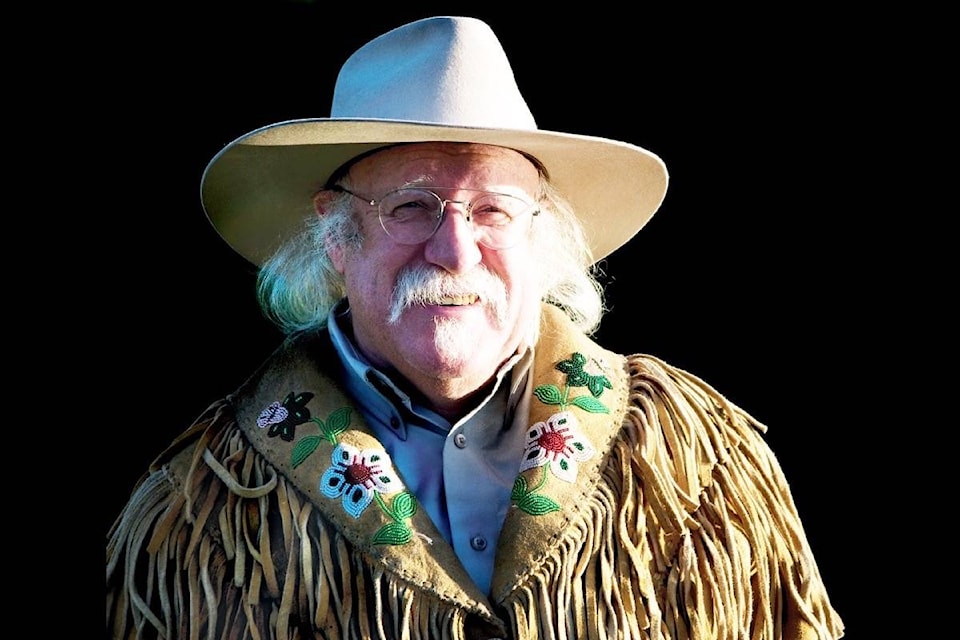Have you ever looked up at a single star, among the countless thousands of stars visible in the night sky, and thought to yourself that what you are really seeing is merely the light reflected off that star tens of thousands of years ago, and that perhaps that same star burned itself out and ceased to exist a long time ago?
Time is a funny thing when you think of it within the context of the whole universe.
If a person could somehow travel across time and space and the universe, they would eventually come across a collection of galaxies known as Galaxy Group C7. If they were to stop long enough to take a close look at Galaxy Group C7, they’d be able to pick out a fairly large spiral shaped galaxy containing more than 100,000 million stars. Deep within this galaxy, about 30,000 light years from its centre, they just might be able discern one rather unspectacular yellow star. This unspectacular, unimpressive, not very bright yellow star is our sun.
Prehistoric man probably wondered in awe and amazement as he gazed up at the sun by day and the stars at night. In some ways we have come a long, long way in our understanding of the universe. In other ways we have barely begun our journey across time and space and the universe.
It took the invention of the telescope to develop astronomy into today’s modern science. It may seem strange to us now, but for most of recorded history, it was believed the Earth, not the sun, was the centre of the universe. It was the Polish mathematician Nicolaus Copernicus who first asserted the theory that the Earth was, in fact, not the centre of the universe, but rather the Earth rotated on its own axis once daily and travelled in an orbit around the sun once annually. And, it wasn’t until several years after the invention of the refracting telescope in Holland, that an Italian astronomer by the name of Galileo Galilei was able validate the “unholy” idea that the Earth orbited the sun. For his efforts, Galileo was tried for heresy, forced to recant his support of Copernicus’ theory and was subsequently sentenced to spend the rest of his life under house arrest. All this took place, ironically, during the Age of Enlightenment.
Read more: Column: Bear encounter on road a reminder to take precautions
Read more: Column: Notion of seniors bike gang inspires neighbourhood ride
Since then we have become at least somewhat more enlightened. We have certainly expanded our knowledge of the universe. Within my lifetime alone, mankind has set foot on the moon, calculated the existence of pulsars, quasars and black holes, and sent probes to Mars, Saturn and beyond.
When I’m standing in my backyard looking up at the night sky, it’s not hard to imagine travelling across time and space. I would love to look up at the night sky from some distant planet and look at Earth or gaze upon a planetary landscape illuminated by not one but two suns during the day, and half a dozen moons at night. I would willingly travel to distant galaxies ablaze with explosive firestorms and seething with the gaseous tendrils of stars being torn apart and sucked into black holes, just so that I could travel through time and space and back again. They’d probably want a younger person in better shape though.
So I guess I’ll just have to be content to explore the universe from my own backyard, here on Earth.
